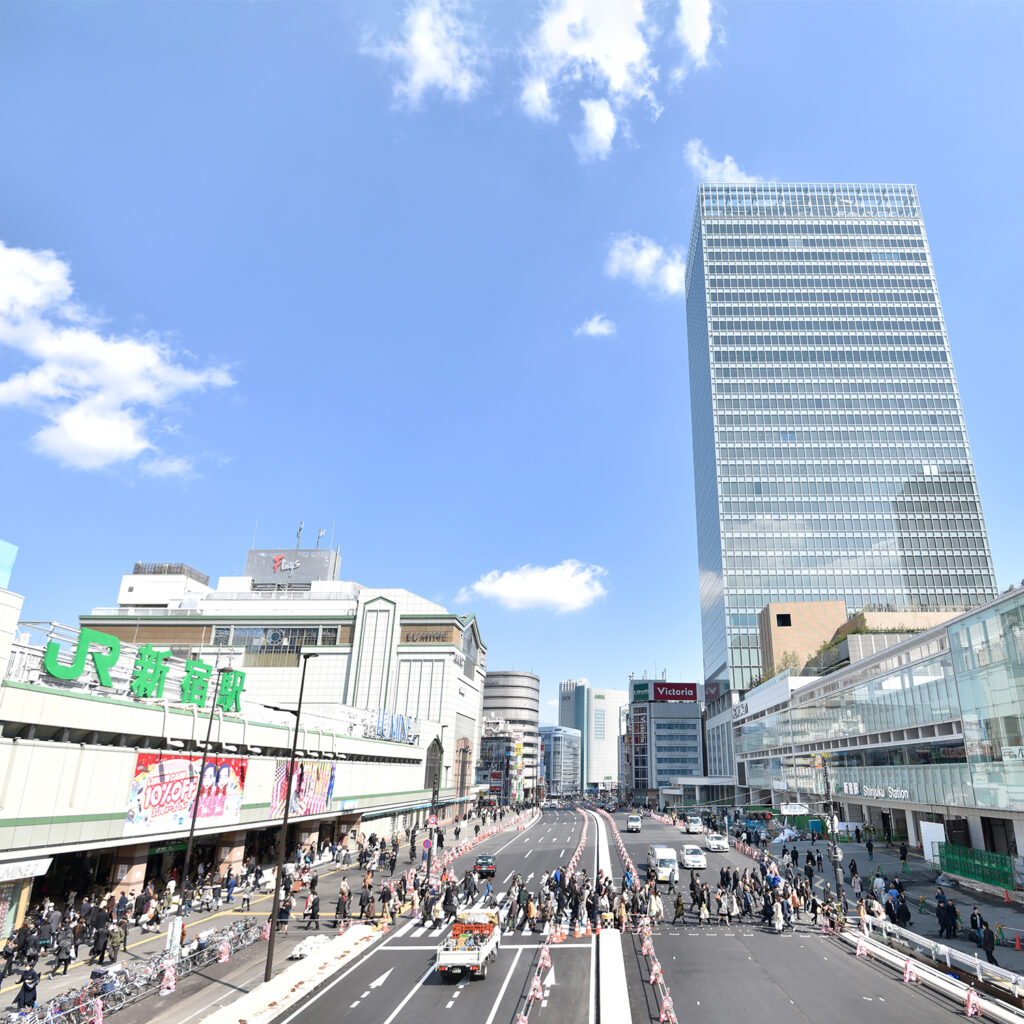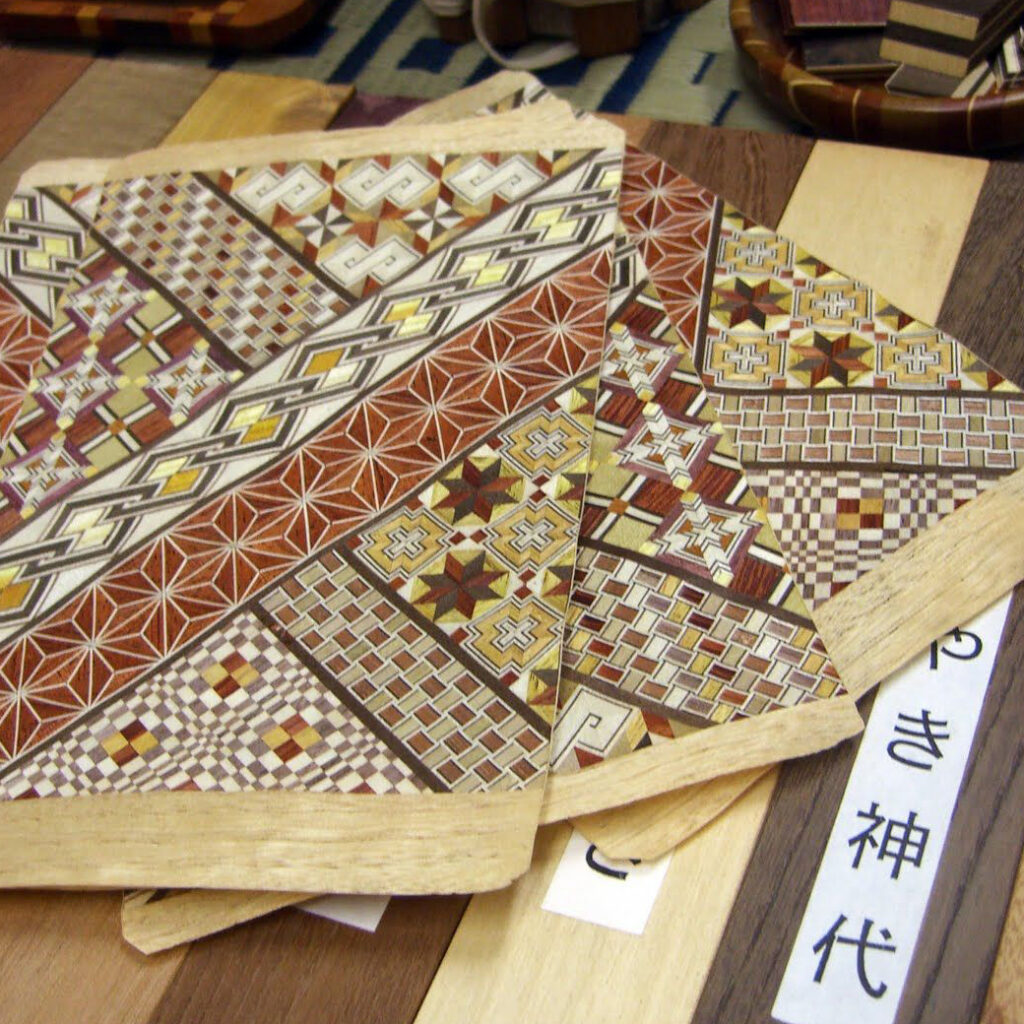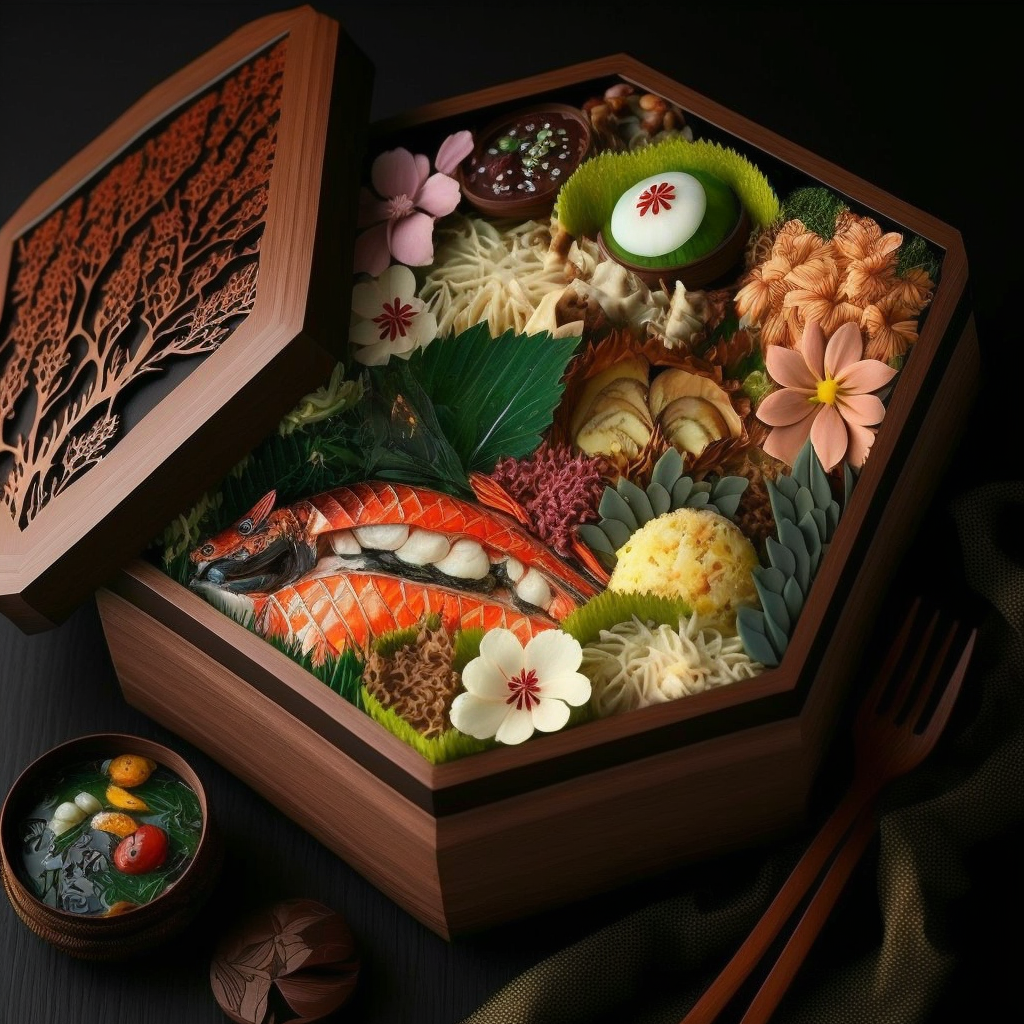Shinjuku Station, located in Shinjuku Ward in Tokyo, is the largest station in the world in terms of the number of passengers passing through it each day. With approximately 3.7 million passengers per day, Shinjuku Station is a major hub for rail, bus and cab transportation.
History
Shinjuku Station opened in 1885 as Takadanobaba Station. It was renamed Shinjuku Station in 1920 and has been expanded several times since then. The station was severely damaged in the aerial bombing of Tokyo during World War II, but was rebuilt in the 1950s.
Facilities
Shinjuku Station has 36 platforms and over 200 exits, which can make navigating the station a bit difficult for foreign travelers. The station is also connected to several large shopping malls, including Lumine Mall and Takashimaya Times Square.
Trains that serve Shinjuku Station include JR, Odakyu, Keio, Seibu, Tokyo Metro and Toei Subway, as well as several bus lines. The station is also served by the Shinkansen high-speed train, which connects Tokyo to other major cities in Japan.
Shinjuku Station is an important transportation hub for travelers to popular destinations in Tokyo, including the Shibuya district, Yoyogi Park and Meiji Shrine. The station also offers easy access to nearby cities such as Yokohama and Hakone.
Points of interest
Shinjuku Station is surrounded by a number of popular tourist sites. Just east of the station is the Odakyu shopping mall, which has many stores and restaurants. To the west of the station is the Kabukicho area, known for its lively bars and restaurants. Also nearby is Shinjuku Gyoen Park, one of the largest parks in Tokyo, and the Tokyo Metropolitan Government Building, which offers a panoramic view of the city.
Networks
Here is a list of the main lines from Shinjuku Station:
- JR Yamanote Line: This circular line connects major Tokyo stations, including Tokyo, Shinagawa, Shibuya and Shinjuku. It is especially useful for travelers to popular destinations in Tokyo.
- Odakyu Odawara Line: This line connects Shinjuku with popular cities such as Hakone and Odawara. It is also useful for travelers going to Haneda International Airport.
- Keio Line: This line connects Shinjuku with destinations such as Chofu and Hachioji. It is also useful for travelers going to Keio University.
- Seibu Shinjuku Line: This line connects Shinjuku to cities such as Tokorozawa and Kawagoe.
- Tokyo Metro Marunouchi Line: This line connects Shinjuku to destinations such as Ginza and Ikebukuro.
- Toei Subway Oedo Line: This circular line connects several areas of Tokyo, including Roppongi, Tsukiji and Shinjuku.
In addition to these lines, Shinjuku Station is also served by several bus lines and the Shinkansen high-speed train, which connects Tokyo with cities in the north and south of Japan. The station is therefore an essential departure and transit point for travelers visiting Tokyo and other cities in Japan.



